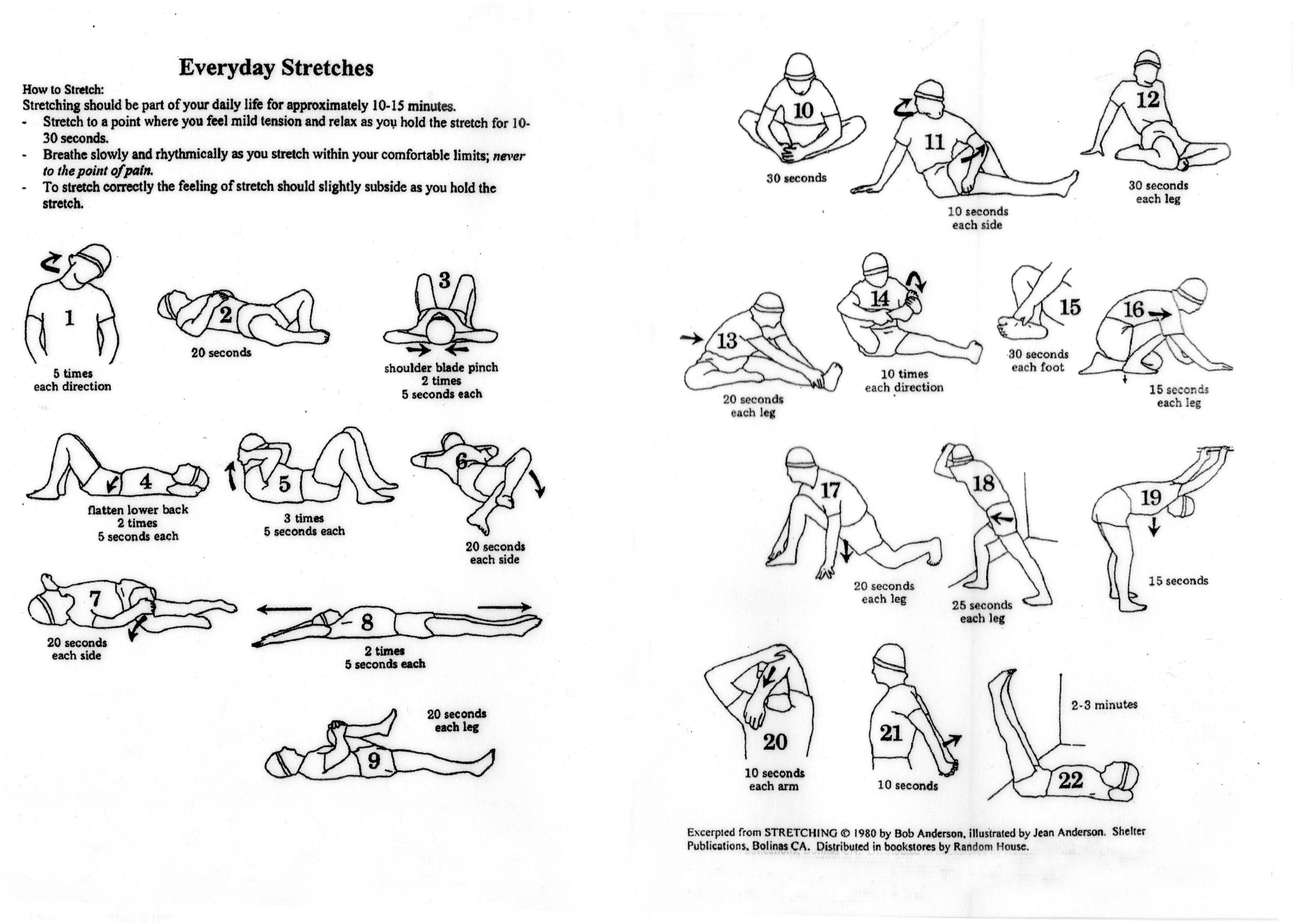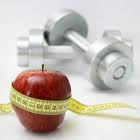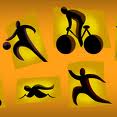7 Ways to Prevent Hemorrhoids
Published: 9/28/2011
By Dr. Andrew Weil
8th. Addition by Eddie Katz

If you have experienced hemorrhoids, you aren’t alone – according to the National Institutes of Health, about 50 percent of the United States population above the age of 50 has had hemorrhoids. The good news is you can help prevent hemorrhoids with some simple steps:
1.Increase your intake of fiber
8.No Cost Natural Remedy. Kegel Technique….. Butt Squeeze
Get into the habit after a bowel movement to squeeze your anus to where you feel your rectum sucking upward. You can aid your squeezing by pulling each buttock apart. Gravity and age seem to extend the rectum to where hemorrhoids can appear. This works great!
Kegel Exercises for Men are used to strengthen the PC
or pubococcygeus muscle, just as they are for women. The muscle is similar in both men and women, stretching from the pubic bone to the tail bone and forming a hammock-like floor that supports the organs of the pelvis and contributes to the function of the sphincter muscles.
The exercise is recommended for treating prostate pain and swelling that result from benign prostatic hyperplasia (BPH) and prostatitis, or inflammation of the prostate gland. It is used as a first step for treating urinary incontinence. It may be beneficial for reducing pre-mature ejaculation, and other sexual benefits have been reported. Overall, the exercise is good for you.
To begin, you must first be able to find your PC muscle. You can do this during urination. Once your flow begins, try to stop it completely. The muscle that you feel tightening is the PC muscle.
Once you have become accustomed to tightening the muscle, Kegel exercises for men can be done anytime, anywhere. They require no special equipment, although several aids are available, including “Peristal” and the “Prostate Massager”.
In order to improve strength of the muscle, you use a “squeeze, hold, release” pattern. You squeeze the muscle, hold for several seconds, and release. Gradually, you would like to be able to build up to a hold of 10 seconds, repeating the “squeeze, hold, and release” ten times.
When you perform the exercise correctly, you should be able to feel or see the testicles lift. This takes time for some men. But, if you practice the routine regularly, you should notice an improvement in 4-6 weeks.
There are many things that you can do to support the health of the prostate and reduce your risk of urinary incontinence, including the use of herbs and nutritionally supportive supplements. The risk of problems increases with age. One out of every 10 people over the age of 65 has some problems, although women are most often affected.
Since kegel exercises for men help reduce your risk of problems and reduce pain in the prostate, as well an effective therapy for hemorrhoids why not give them a try? Back to top




